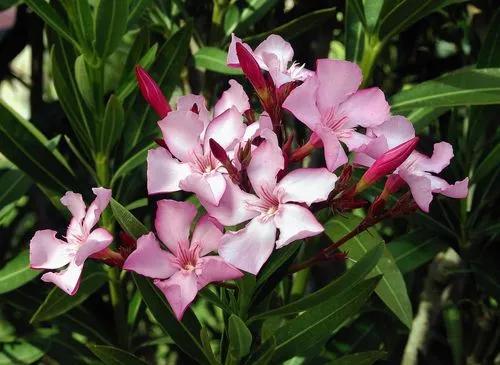Abies concolor subsp. concolor — Colorado white fir or Rocky Mountains white fir. In the United States, at altitudes of 1,700–3,400 m (5,600–11,200 ft) in the Rocky Mountains from southern Idaho, south through Utah and Colorado, to New Mexico and Arizona, and on the higher Great Basin mountains of Nevada and extreme southeastern California, and a short distance into northern Sonora, Mexico. A smaller tree to 25–35 m (80–115 ft) tall, rarely 45 m (150 ft). Foliage strongly upcurved to erect on all except weak shaded shoots in the lower crown; leaves mostly 3.5–6 cm (1 3⁄8–2 3⁄8 in), and strongly glaucous on the upper side with numerous stomata. Tolerates winter temperatures down to about −40 °C (−40 °F).
California White Fir Care
Abies Concolor



This large evergreen coniferous tree grows best in the central Sierra Nevada of California, where the record specimen was recorded as 74.9 m (246 ft) tall and measured 4.6 m (183 in) in diameter at breast height (dbh) in Yosemite National Park. The typical size of white fir ranges from 25–60 m (80–195 ft) tall and up to 2.7 m dbh (8.9 ft). The largest specimens are found in the central Sierra Nevada, where the largest diameter recorded was found in Sierra National Forest at 58.5 x 8.5 m (192′ x 27′ 11″) (1972) the west slope of the Sierra Nevada is also home to the tallest specimen on record, 78.8 m (257.5 ft) in height.[8] Rocky mountain white fir rarely exceed 38 m (125 ft) tall or 0.9 m (3 ft) dbh. Large but not huge trees, in good soil, range from 40 to 60 m (131 to 195 ft) tall and from 99 to 165 cm (39 to 65 in) dbh in California and southwestern Oregon and to 41 m (134 ft) tall and 124 cm (49 in) dbh in Arizona and New Mexico.The leaves are needle-like, flattened, 2.5–6 cm (1–2 3⁄8 in) long and 2 mm (3⁄32 in) wide by 0.5–1 mm (1⁄64–3⁄64 in) thick, green to glaucous blue-green above, and with two glaucous blue-white bands of stomatal bloom below, and slightly notched to bluntly pointed at the tip. The leaf arrangement is spiral on the shoot, but with each leaf variably twisted at the base so they all lie in either two more-or-less flat ranks on either side of the shoot, or upswept across the top of the shoot but not below the shoot. The cones are 6–12 cm (2 1⁄4–4 3⁄4 in) long and 4–4.5 cm (1 5⁄8–1 3⁄4 in) broad, green or purple ripening pale brown, with about 100–150 scales; the scale bracts are short, and hidden in the closed cone. The winged seeds are released when the cones disintegrate at maturity about 6 months after pollination.
How to Care for the Plant

Popularity

257 people already have this plant 14 people have added this plant to their wishlists
Discover more plants with the list below
Popular articles






